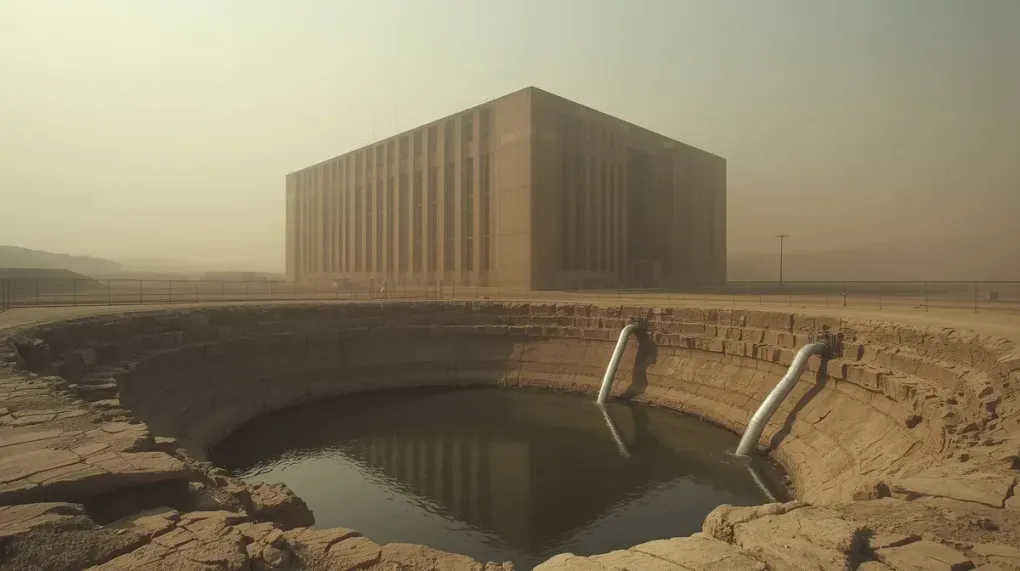
The Cloud's Thirst: AI's Unseen Environmental Cost
We are living in the age of artificial intelligence. Every day, we hear about new breakthroughs that promise to reshape our world. But behind the sleek interfaces and futuristic promises lies a dirty, hidden secret: the immense environmental cost of powering this revolution.
The AI boom is happening at an awkward time for our planet. Global temperatures are rising faster than expected, and yet, the demand for AI is causing a massive spike in energy consumption. The International Energy Agency has sounded the alarm, and the reason is simple: data centers.
These vast, humming factories of the digital age are the backbone of AI, and they are incredibly thirsty.
The Energy and Water Drain
A single large data center can consume as much electricity as a small city. Worse, they require colossal amounts of water for cooling. We’re talking up to 5 million gallons of water per day for a single facility—equivalent to the water use of a town of 50,000 people. As the AI arms race intensifies, this demand is growing at a pace that our power grids and water resources simply cannot sustain.
The problem is compounded by our reliance on fossil fuels. Because our grids are not yet fully decarbonized, this new energy demand is being met by burning more coal and gas. This means that even as big tech companies invest in renewable energy, the sheer scale and 24/7 nature of data center operations often force them to rely on traditional power plants, pushing global emissions even higher.
A Problem Hiding in Plain Sight
For a long time, this issue has been hiding in plain sight. There has been very little regulatory scrutiny over the energy and water usage of data centers. Governments have been hesitant to impose restrictions, often because they are competing to become the next AI superpower. It creates a classic conflict of interest: how can you regulate an industry you are actively trying to promote?
Tech giants like Amazon, Google, and Meta claim to be among the world’s largest buyers of clean energy. While this is true, it’s often a shell game. They might fund a solar farm in Texas while their data center consumes massive amounts of fossil-fuel-generated power in Virginia. The promises don’t always match the reality on the ground, where local grids are strained and communities feel the impact.
The Reckoning
We are at a crossroads. The undeniable benefits of AI must be weighed against its severe environmental drawbacks. We can’t afford to let the AI revolution happen in a regulatory vacuum. It’s time for transparency and accountability.
Companies need to be honest about their total energy and water consumption. Governments need to implement smart regulations that require new data centers to contribute to grid capacity and invest in local renewable energy sources.
As consumers and citizens, we need to start asking the hard questions. What is the true cost of that AI-generated image or instant summary? Right now, the answer is written in rising emissions and depleting water reserves. The magic of AI is undeniable, but it cannot come at the expense of the planet.


